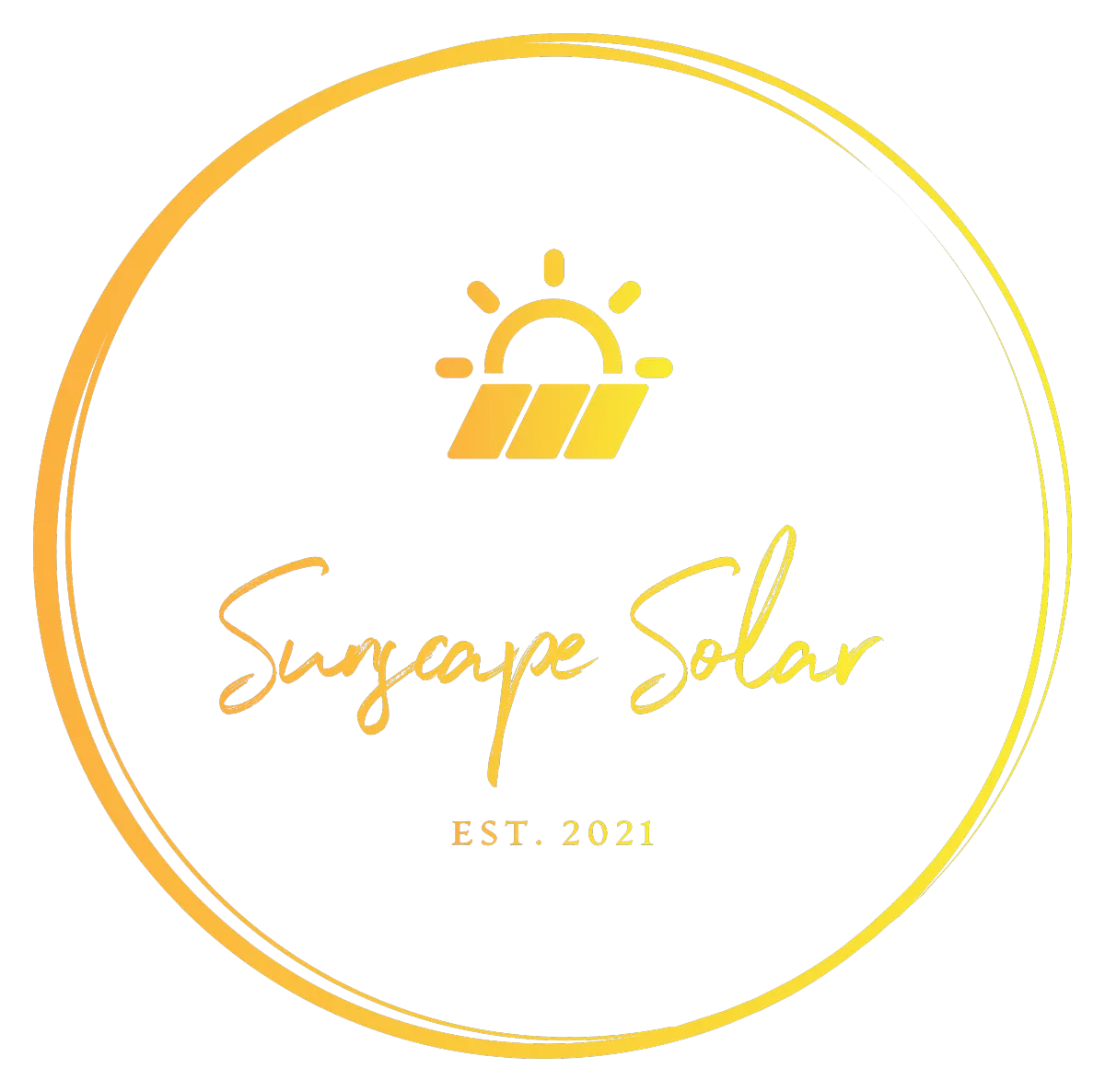
MAX SYSTEM SIZE (KW DC)
1,000 kW DC
MAX OFFSET
No Max Offset
State Incentive
Class 1 REC’s: $27/mWh Rebate Quarterly Checks for 3 Years Manually Enter in Rebate in Solo, “Incentives” after manually calc'ing $27/mWh. Example: 8kw system, producing 10,000 kwh annually. 10,000 = 10 mWh. $27*10 = $270/year for 3 years, a total of $810 over 3 years. Will continue past at lower rate, best to remain conservative and only simulate 3 years. Average Payback Period: 7 Years
Eversource NH - Eliminate Bill With 120% Offset DesignAverage Rate: $0.32/kWh 100% of default energy charges and transmission, 25% of distribution, customer charge, system benefits charge, but ability to offset all charges with over production, design for 120% offset to eliminate bill on average While they claim it's "100%" and "1:1" net metering, there's a few charges categorized under delivery that, to be eliminated, overproduction in regards to offset would be needed, including 75% of the "distribution charge" ($10 - $45 in higher bills), customer charge (typically $10-$14), & system benefits charge (typically $2-6). That being said, the good news is that these charges can be offset with overproduction so sizing systems for 120% is probably the best practice - if less than that, a small remaining utility bill should be modeled (10-15% of electric bill should be modeled if offset is set to 100%). If set to 120%, all charges should be eliminated on average. If you choose to account further for degradation, more offset should be modeled above 120% for NH Eversource. Multiple Meters: “We don’t have a Schedule Z here in NH. A standard net metered customer will accumulate bill credits for excess production as soon as they are given permission to operate. They will have the option to “cash out” their balance (if greater than $100 at the end of the March billing cycle) once per year. If they are eligible for that option, they will receive a letter from us with instructions. With two meters on the property (one tied to the PV) the customer can opt for “summary billing” to get both meters on the same billing account, allowing the PV to offset the usage of both meters, or they can apply for group net metering. Personally I’d go with the summary billing option because it doesn’t require an application, enrolling member accounts and filing an annual report.”
AVAILABLE SOLAR INCENTIVE
Federal ITC
UTILITY BILL EXAMPLES


